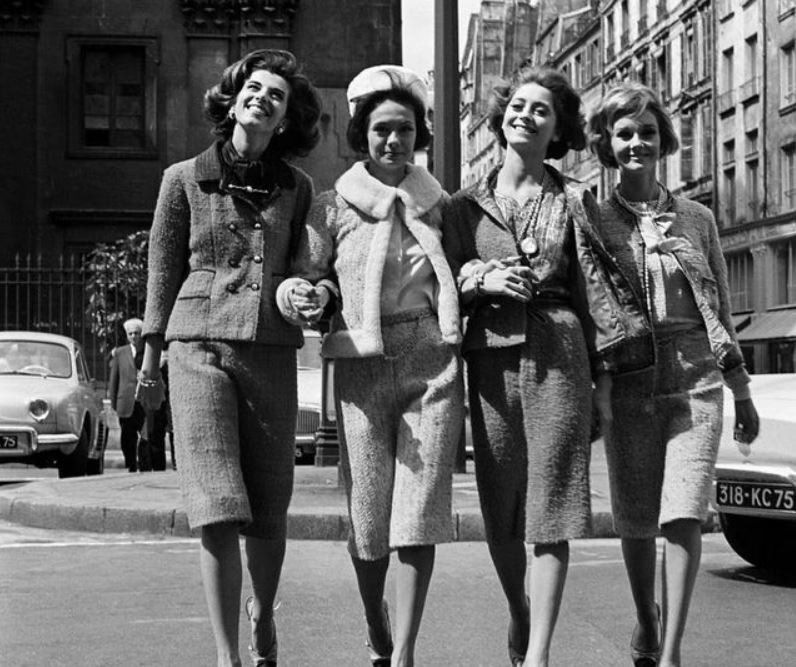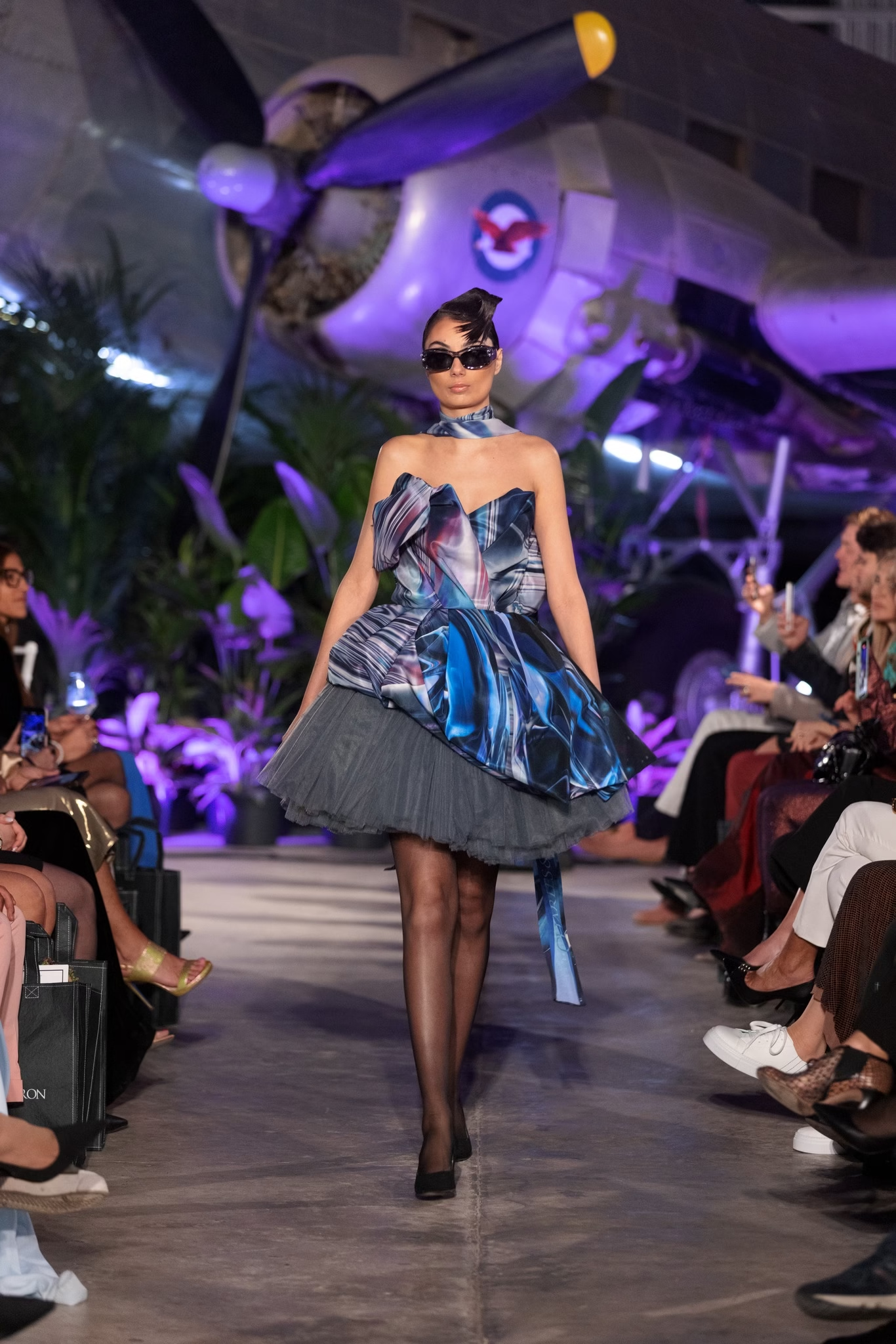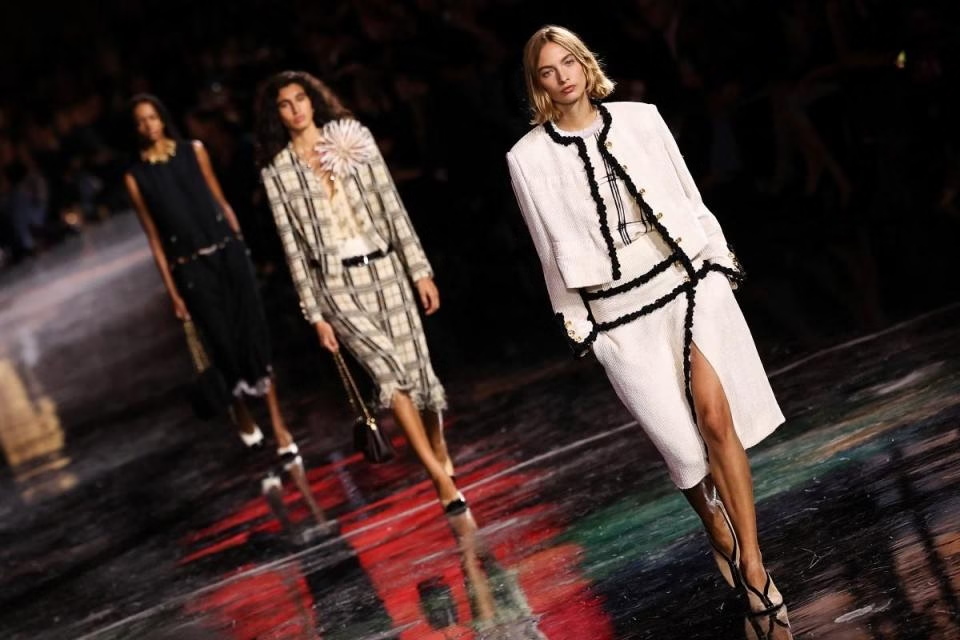The 1960s was a transformative decade that witnessed a profound intersection of art, fashion, and cinema. This era saw the rise of influential movements like Pop Art, Minimalism, and Conceptual Art, which not only redefined the art world but also had a significant impact on fashion and film. The exhibition “Fashion + Film: The 1960s Revisited” at the James Gallery, CUNY Graduate Center, explored the connections between European films and fashion from the 1960s, featuring works by iconic artists like Federico Fellini, Michelangelo Antonioni, and Andy Warhol.
The 1960s art scene was characterized by a spirit of rebellion and experimentation, with artists challenging traditional notions of art and pushing boundaries. Pop Art, led by figures like Warhol and Roy Lichtenstein, celebrated popular culture, consumerism, and mass media, influencing fashion and film in the process. The decade also saw the emergence of Op Art, Minimalism, and Conceptual Art, which emphasized visual perception, simplicity, and idea over aesthetics.
Fashion and cinema were deeply intertwined in the 1960s, with designers and filmmakers collaborating to create iconic looks and styles. The era’s fashion was marked by bold, colorful, and playful designs, reflecting the decade’s cultural and social upheaval. Cinema, too, played a significant role in shaping fashion, with films like “La Dolce Vita” and “Blow-Up” influencing the way people dressed and perceived themselves.








